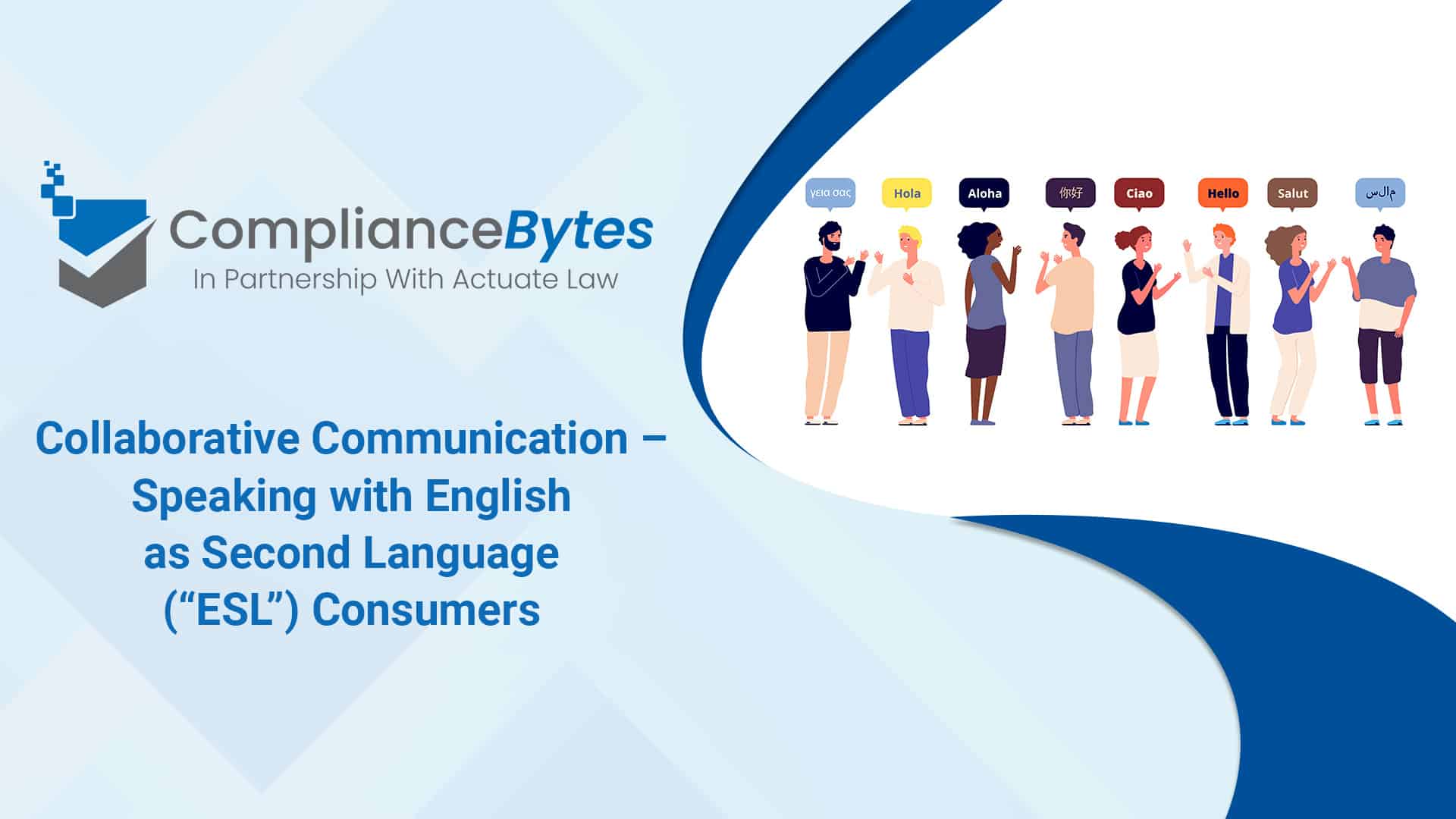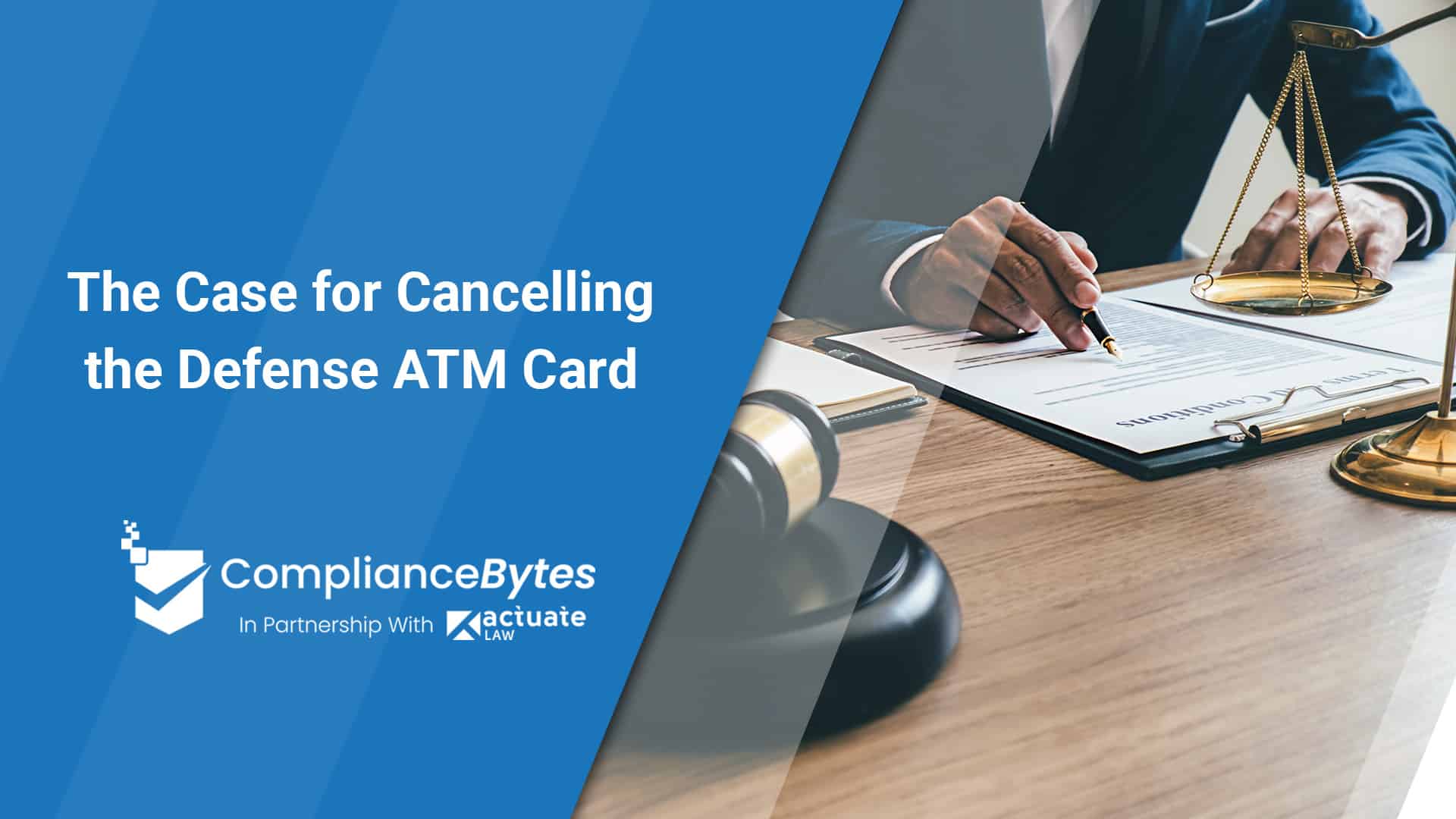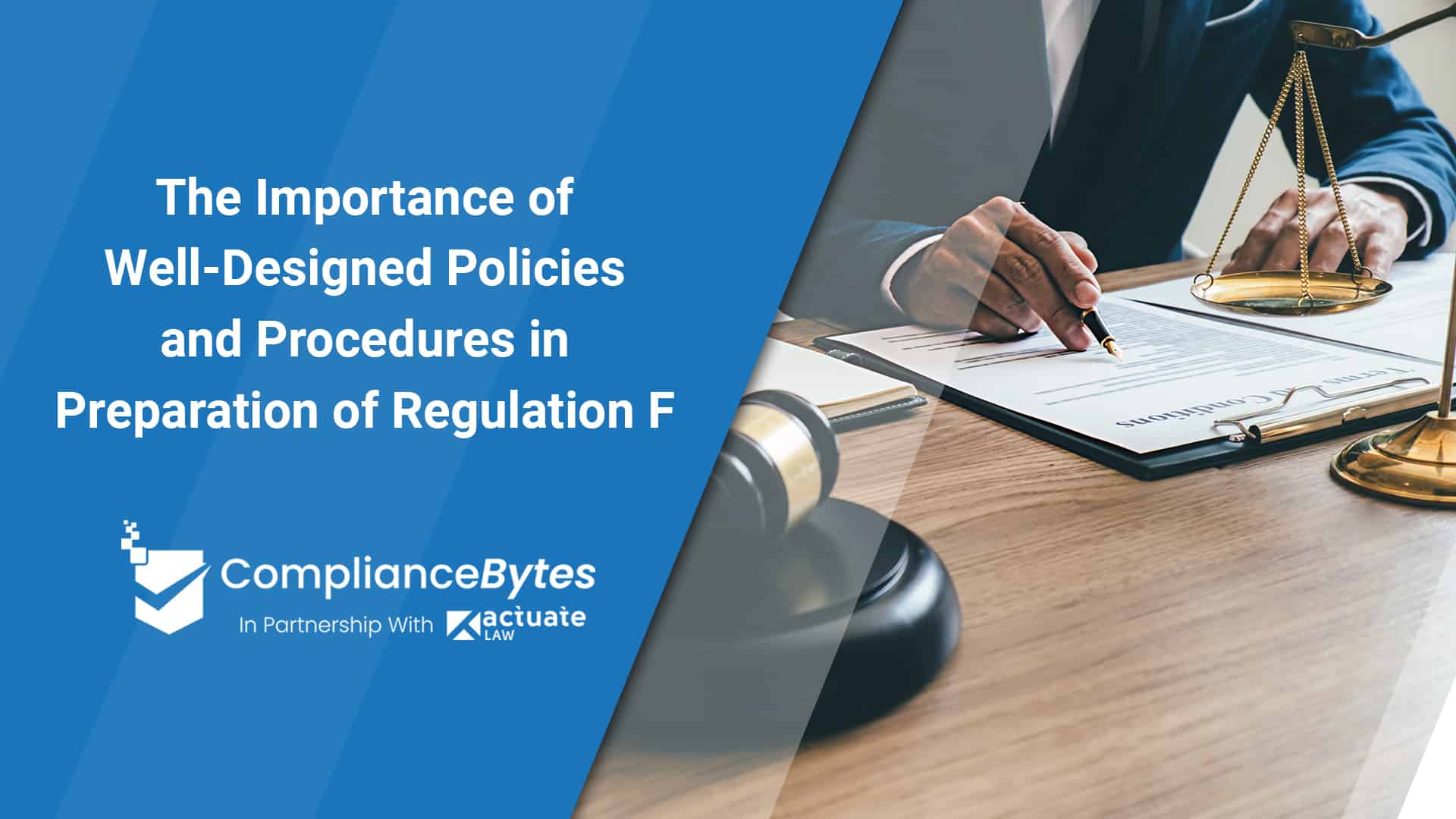
Collaborative Communication – Speaking with English as Second Language (“ESL”) Consumers
By Lauren Valenzuela, Counsel at Actuate Law, LLC
The United States has a linguistically and ethnically diverse population. Did you know there are well over 350 languages spoken in the United States?! While English is the dominant language in the United States, it is not the “official” language of the country. In fact, the United States does not have an official language.
A 2018 Census Survey found that 67.3 million residents (including those born in the United States and those who immigrated to the United States) did not speak English at home. Of those 67.3 million people, 41.5 million spoke Spanish. If you’re a collector, it is very likely that you will (or have already) assist an ESL consumer in your collections career. Here are 12 tips for communicating in English with ESL consumers.
These tips can be summed up as “I SEE, HEAR, and CARE.”
I = Idioms, slang, and abbreviations. Don’t use them.
Idioms are figures of speech. Native English speakers use idioms all the time. If you are wondering what an idiom is, here are some examples: killing two birds with one stone, let’s not beat around the bush, I’ll cut you some slack, we’ll cross that bridge when we get there, etc. Idioms, slang, and abbreviations can be confusing to ESL consumers, and therefore should be avoided. You can replace them with straightforward language so there is no question about what you are communicating. For example, instead of saying “the ball is in your court,” say “it is up to you to make a decision.”
S = Slow down!
Being on the phone all day, talking about the same thing day in and day out can make collectors have the tendency to talk fast. When you are speaking with an ESL consumer it is important to slow down your speech while maintaining a normal cadence. You need to slow down to give the ESL consumer time to process what you are saying – but a few words of caution. If you slow down too much you may come off as condescending. This is why it is important to keep a normal cadence even if you slow down. Also, slowing down does not mean speaking loudly. Speaking loudly can come off as aggressive or make a person feel like you are “talking at them.”
E = Explicit.
Being explicit is just another way of saying “be straightforward.” For example, if you are asked a question and the answer is yes, simply say “yes” rather than “uh huh,” and if your answer is no then simply say “no” rather than “uh uh”.
E = Engage.
Engage the consumer. You can do this in a variety of ways. For example, ask questions such as “before we discuss the next topic, do you have any questions?” Engagement also means being patient with an ESL consumer. If a consumer appears to be struggling during the conversation, resist the impulse to interrupt them and try to finish their sentence. Only attempt to rephrase what they are saying once you have let them complete their thought.
H = Help.
Show you are there to help. Set a helpful tone at the outset of the communication and continue to reinforce it. Be friendly, and let your smile be heard.
E = Empathy.
Flex your empathy muscle. Empathy means having the ability to sense another person’s emotions and having the ability to imagine what a person may be thinking and feeling. I will use an idiom to illustrate this concept, it is “stepping into another person’s shoes.” The English language is widely regarded as one of the hardest languages to learn. Remember, here is a person who is doing their best to communicate with you in a language that is foreign to them – and that is brave! Show the ESL consumer some empathy.
A = Articulate.
Speak plainly – now is not the time to try and sound fancy or smart. Stick to simple and familiar words and phrases when you are speaking with an ESL consumer. For example, do not say “outstanding financial obligation” when you can simply say “debt.” Being articulate also means keeping sentences short and simple so that your listener has an easier time translating and comprehending what you said. When a person is listening to a foreign language one of the most difficult things for listeners to know is where one word ends and the next begins. Therefore, avoid run-on sentences. For example, instead of saying “do-ya wanna make ah payment today?” say “can you make a payment today?” Give your ESL consumer small pauses between words and sentences if they seem to be struggling to comprehend what you are saying.
R = Repeat.
They say repetition is the key to real learning. Therefore, repeat important information or concepts. If you are explicitly asked to repeat something, repeat exactly what you said (i.e., the whole sentence), and not just the last couple of words, so the consumer does not get confused. If the consumer is still struggling to understand, try adjusting a few key words since it may be possible that the consumer does not have certain words you are using in their vocabulary.
C = Culturally aware.
ESL consumers come from different nationalities and cultures, and likely have varying customs than what you may be used to. Be sensitive to this. If you are unsure how to pronounce a consumer’s name, politely ask them and pay attention to what they say. Using the correct pronunciation of the consumer’s name increases the likelihood that you’ll be able to build rapport with him/her and help you gain the consumer’s trust and confidence that you are trying to help them.
A = Actively listen.
Be an active listener. This means pay attention to what the ESL consumer is saying. Ask questions to make sure you are understanding what they are saying, and ask questions to make sure they are following what you are saying too.
R = Respect.
Show all consumers respect. Period.
E = Enunciate.
Speak clearly and pronounce your words. Use your voice intonation to help you communicate and tactfully use pauses in between words or phrases. Be okay with small moments of silence. The ESL consumer may need a moment to process what you are saying and/or may need a moment to formulate their response.
Collaborative Communication Takeaway
In summary, never forget that communication is collaborative – and even more so when you are speaking with an ESL consumer. Show consumers that you see them, that you hear them, and that you care. The poet Maya Angelou said it best, “[p]eople will forget what you said, people will forget what you did, but they will never forget how you made them feel.”
About Actuate Law
Founded by Big Law veterans, Chicago-based Actuate blends the nimble entrepreneurialism of a boutique start-up with the wisdom that comes with decades of deftly handling sophisticated litigation, transactional, and compliance matters. We combine talent and technology to craft bespoke legal solutions for the next generation of business leaders. Like the clients we serve, Actuate is constantly striving to achieve the “impossible triangle” of better, faster, and less costly. Our lawyers handle matters across the country in the areas of commercial litigation, class action defense, data security & privacy, e-discovery, financial services, information governance, private client services/trusts & estates, and white collar investigations and litigation. For more information visit, www.actuatelaw.com.
This information is not intended to be legal advice and may not be used as legal advice. Legal advice must be tailored to the specific circumstances of each case.




